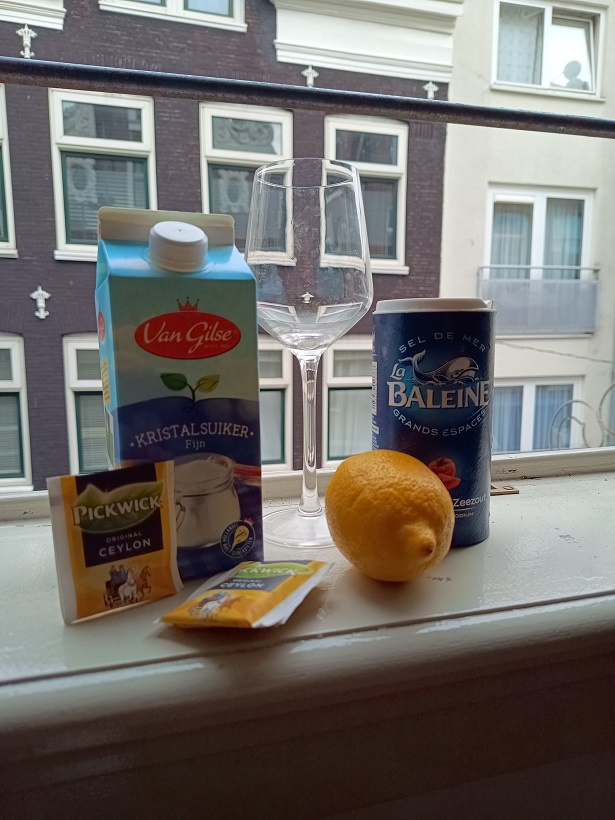How to train yourself on mouth sensation and taste in wines.
The sensory evaluation of the wine could be divided into 3 parts, the color and the clarity of the wine, the aroma and finally the taste itself. The first one uses our sight, the second use our capacity to identify volatile compounds, and the last one identifies the mechanical action of the non-volatile constituents of wine.
In this post, I will talk about the last one, sensation that wine give you when it comes to your mouth. Theses sensations are equally important as the flavors. They are separate in two types, taste: sweetness, saltiness, sourness, bitterness and mechanical sensations, warmth, coldness, body, and astringency.
The mouth is primary organ for taste and sensations. The tongs concentrate most of the papillae which contains taste bulbs for human, and the mouth is capable to perceive cold and warm, astringency and others sensation.
Like in our nose, papillae and the mouth nerve system are linked to our brain and our memory. As we can train ourselves to better recognize flavor, it is also possible to train ourselves on taste and tactile sensations.
For this training, you won’t need so much, sugar, salt, lemon juice, tea bags, and water. Nothing more, not even a bottle of wine.

First you will need to make tea. Just boil 50 cl of water, then put 3 tea bags, and let the liquid cool down to room temperature. After that we can set up the lab.
Pour 15 cl of water in 4 different glasses. In the first one pour one teaspoon of sugar, in a second one pour one teaspoon of lemon juice, in the third one teaspoon of sugar and one teaspoon of lemon juice and in the last one, pour the same amount of sugar and lemon juice plus two pinches of salt.
Pour 15 cl of cold tea you prepared later in 3 different glasses, in the second add a one teaspoon of sugar, in the third pour one teaspoon of lemon juice.
Now we can start the training.
Take a lap of the first glass, the one with water and sugar, you should feel the sweetness. If you taste the second glass, the one with lemon, you will experience the acidity, your mouth should be salivating. The sensation may stay for few second. You should, also, have some lemon flavor. Now we can taste the glass containing, lemon and sugar. The acidity is less aggressive and the liquid is more balanced, more agreeable.
If you switch to the last sample, the one with sugar, lemon and salt, you will find a more complex taste with the little touch of saltiness.
These is the common taste we can find in wine, sweet, acid and saltiness. You can also play with the quantity of lemon, sugar, and salt to train yourself.
In the next taste training, we will play with mechanical sensation and bitterness. First take a large sip of the first glass of tea. Keep the like for few seconds and move the liquid around your mouth. You should feel first the bitterness, but few second later you will have a dry sensation in your mouth, astringency.
Surprisingly, tea, like some read wine, contain phenolic compounds, tannins, they cause this astringency.
If you taste the sample with sugar, you will see that the astringency is less present, but the bitterness is less. If you taste the wine with a bit of lemon, you will notice a stronger astringency.
You can now train yourself to better recognize the basic tastes present in the wine and see how acidity and sweetness can influence tannins perception. More these tests are harmless, no alcohol so you can do them at any hour of the day.